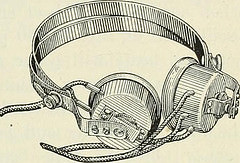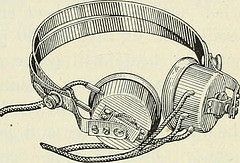Renaissance Science – The Physics of Social Cancer

Classical Greek life science had been based upon the Golden Mean geometries associated with the harmonic movement of the Pythagorean Music of the Spheres concept. Celestial movement was also thought to use the forces of harmonic resonance to transmit evolutionary guidance information to the movement of atoms within biological systems. Huang suggested that by observing evolutionary patterning changes to the various Golden Mean designs recorded in the worlds seashell fossil record, it might be possible to deduce the nature of the new life energy physics laws.
During the 1980s the Science-Art Centre had several seashell life energy papers published by Italy’s leading scientific journal, Il Nouvo Cimento. In 1990 two of them were selected as being amongst the important discoveries of the 20th Century by IEEE in Washington. This institute is dedicated to the betterment of the human condition and is the world’s largest technical professional society. The Centre’s mathematician, generated the simulation of a living seashell creature. By lowering the formula’s harmonic order, he generated the creature’s 20 million year old fossil ancestor. By lowering the order by a lesser harmonic he obtained the simulation of the fossil, Niponites Mirabilis, becoming the first person in the world to link that fossil to any living creature.
In 1995 the seashell mathematics won an internationally peer reviewed first prize in biology for the discovery of new physics laws governing optimum biological growth and development through space time, validating Kun Huang’s original premise. Recently it was discovered that the first bone created in the human embryo is the sphenoid bone and that it was currently changing its shape under the influence of the same physics forces controlling seashell evolution. The sphenoid, known in Alchemy as Golden Mean is in vibrational contact with the sea shell design of the inner ear. Niponites Mirabilis was designed to keep the creature upright in water and the design of the inner ear keeps humans upright on the land. The Science-Art Centre is now working on a project to generate a futuristic human survival simulation in order to deduce the nature of new human survival technologies.
